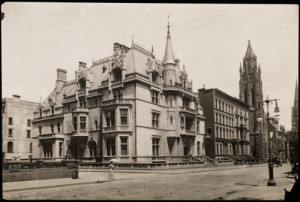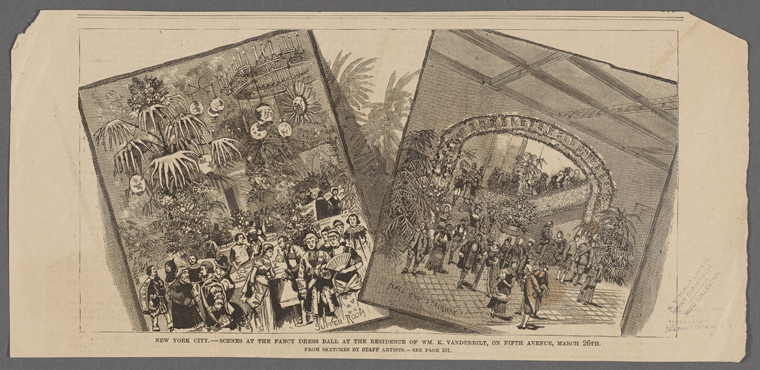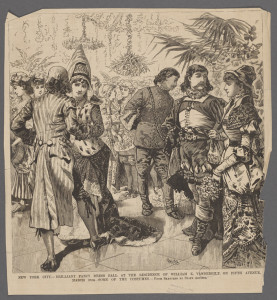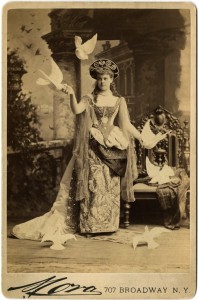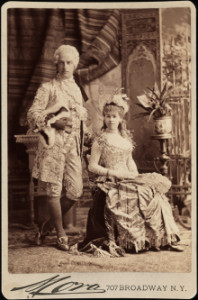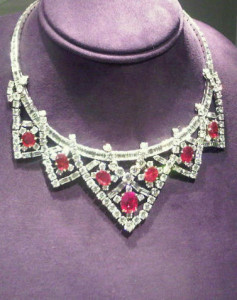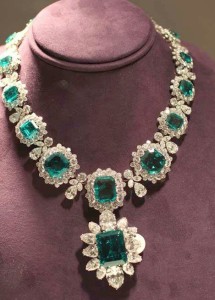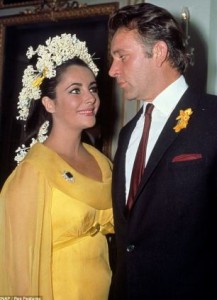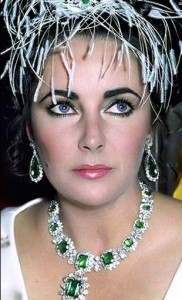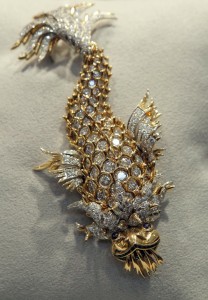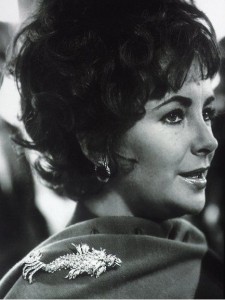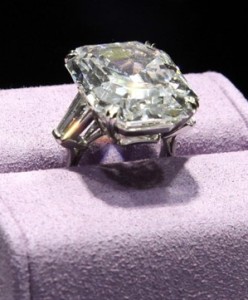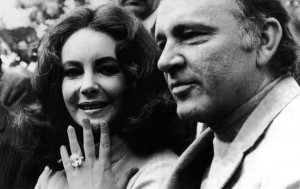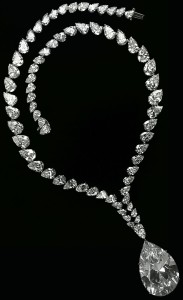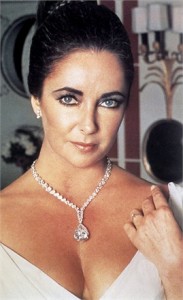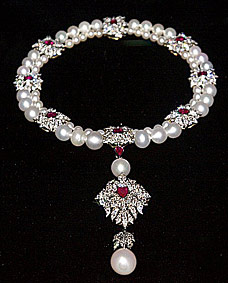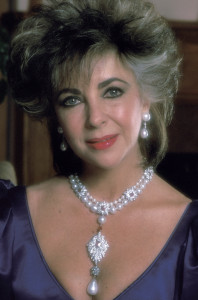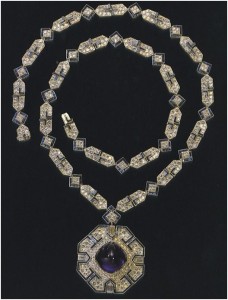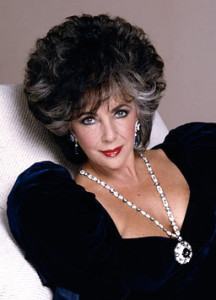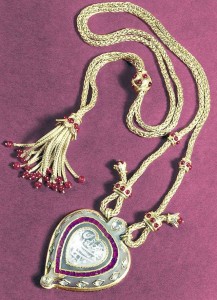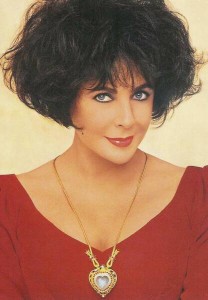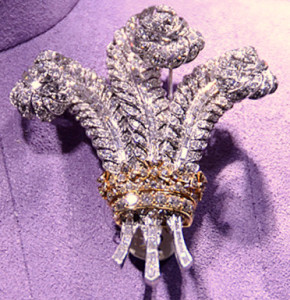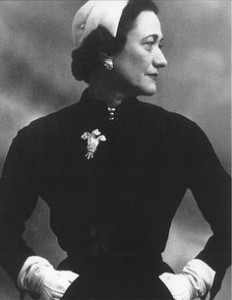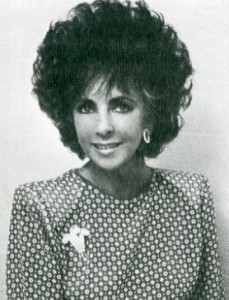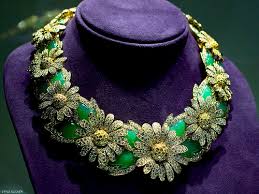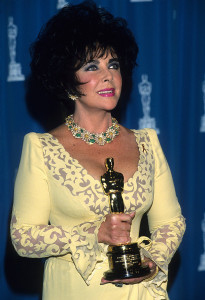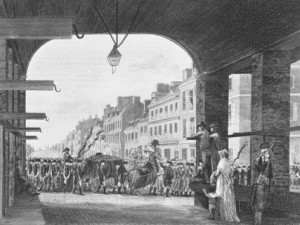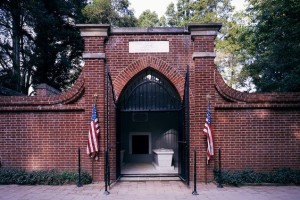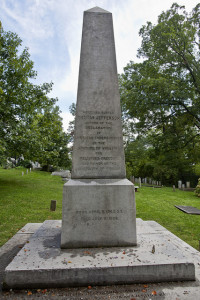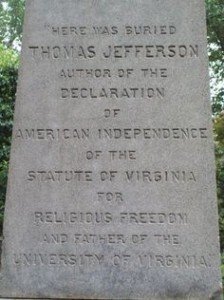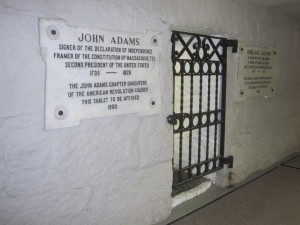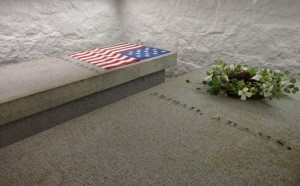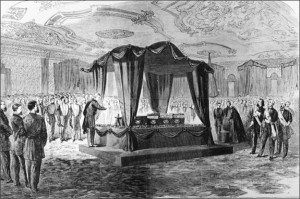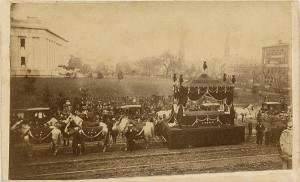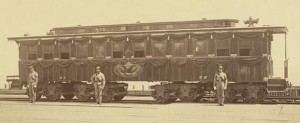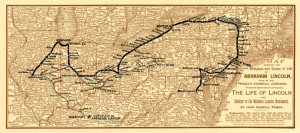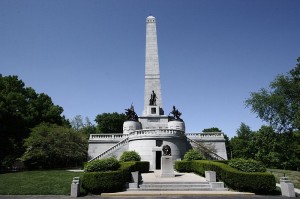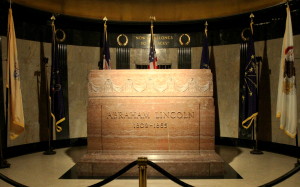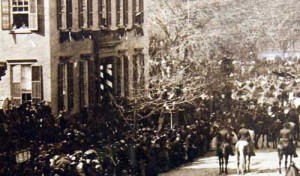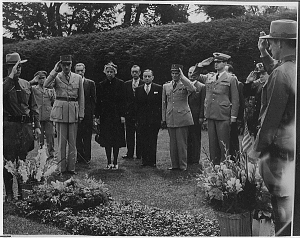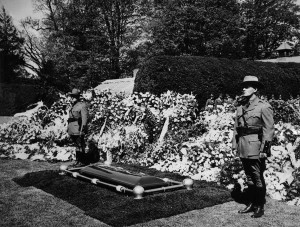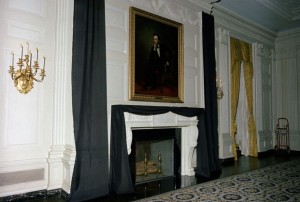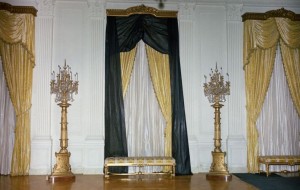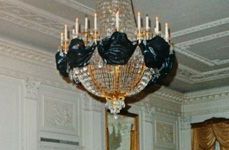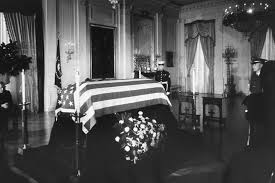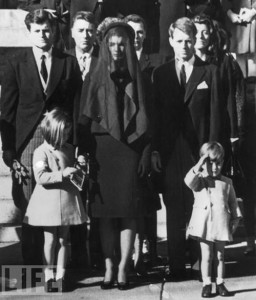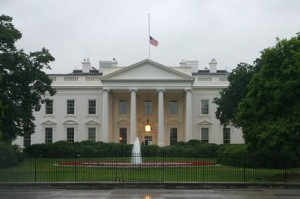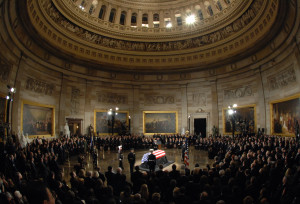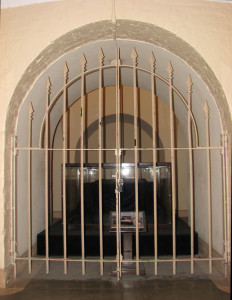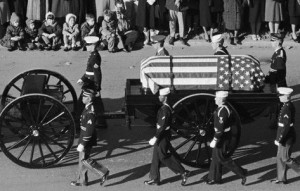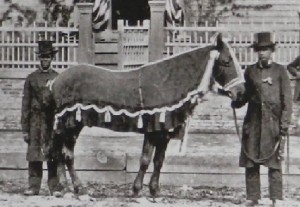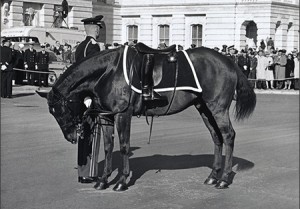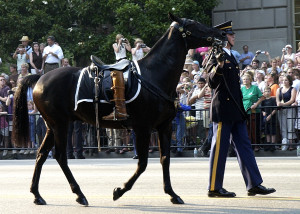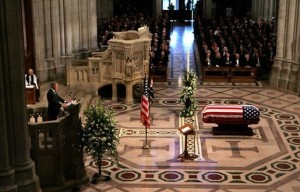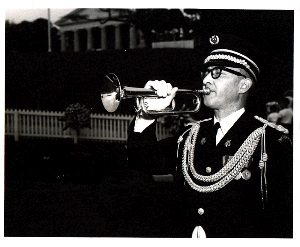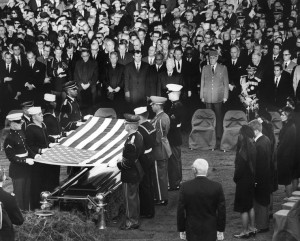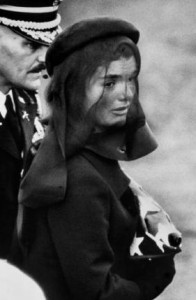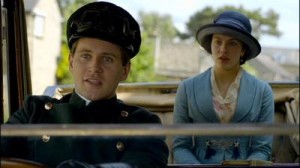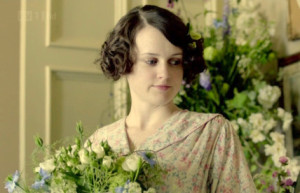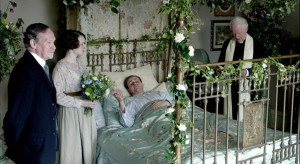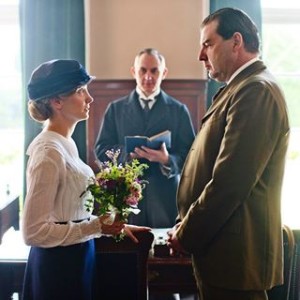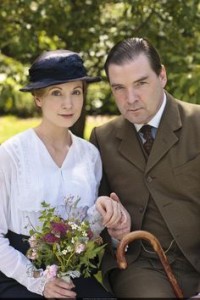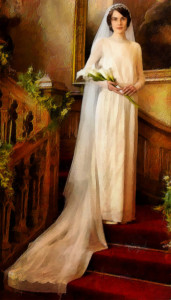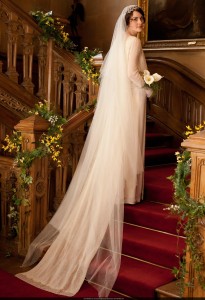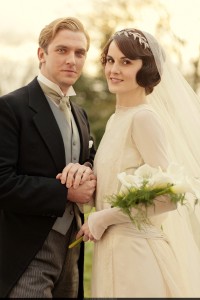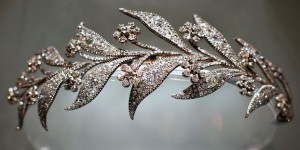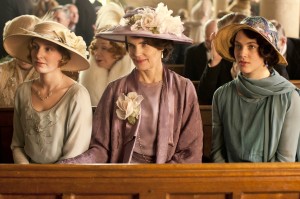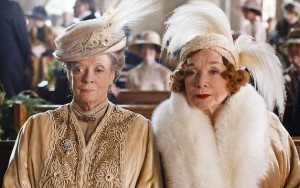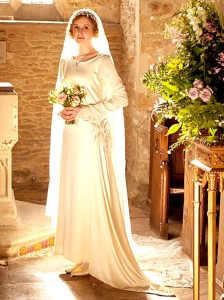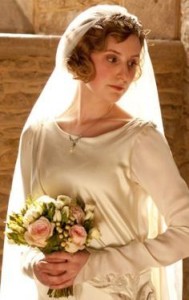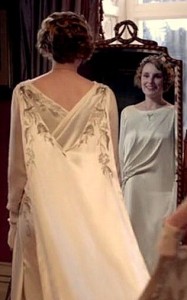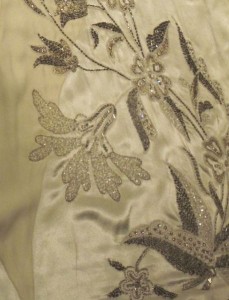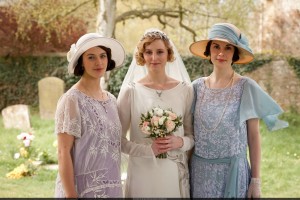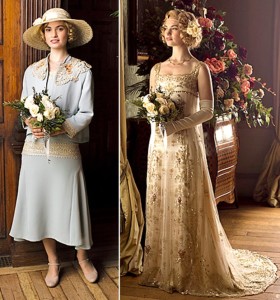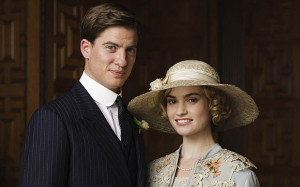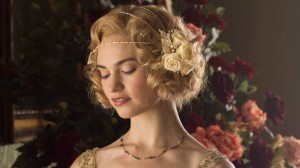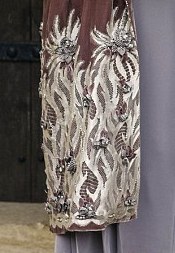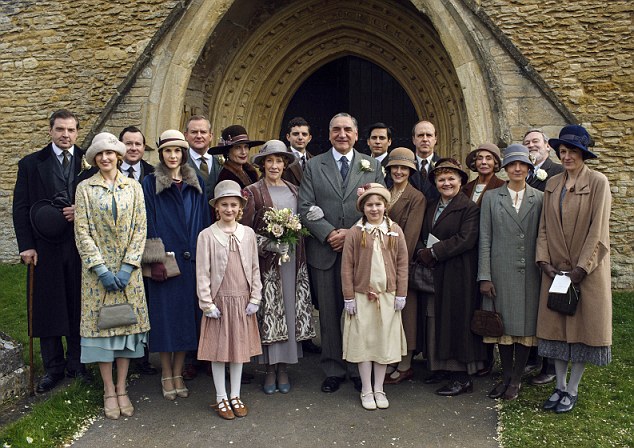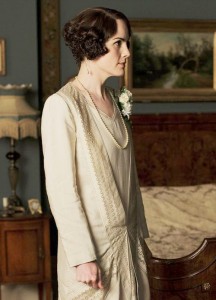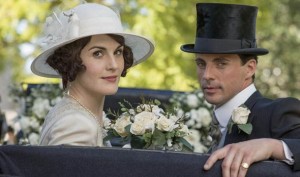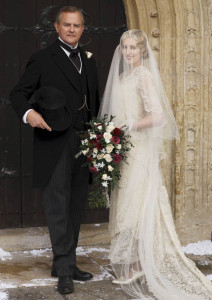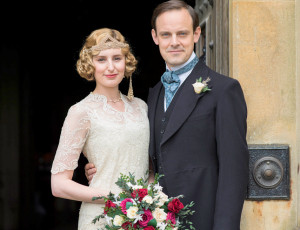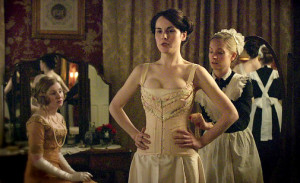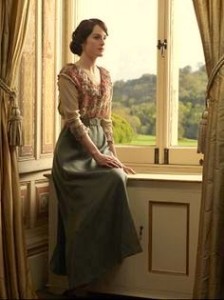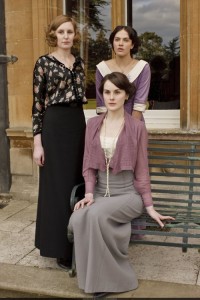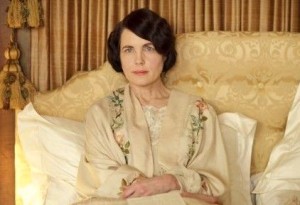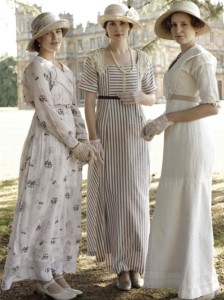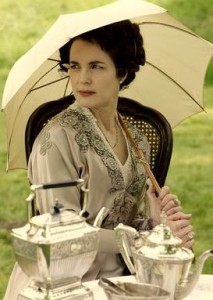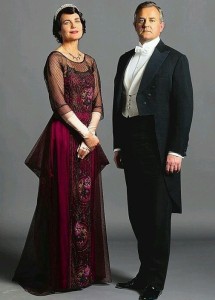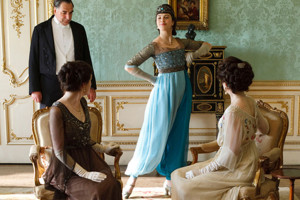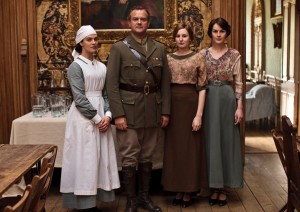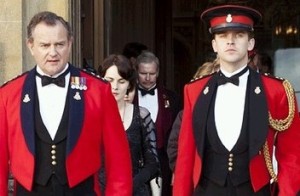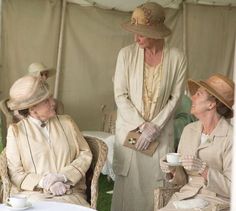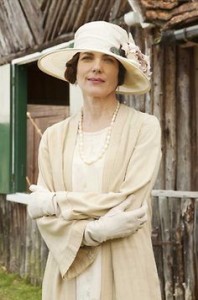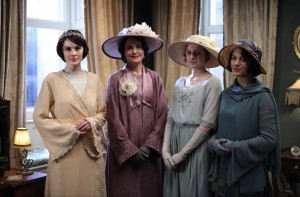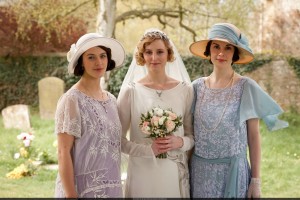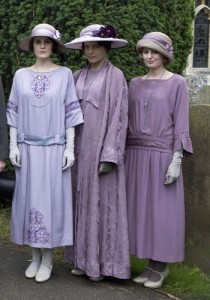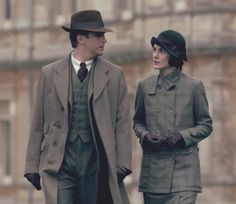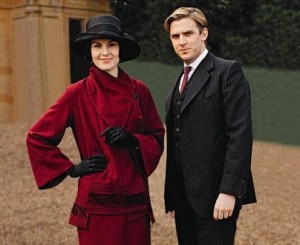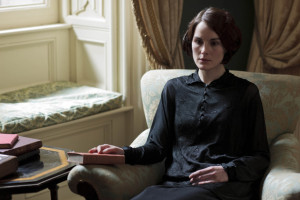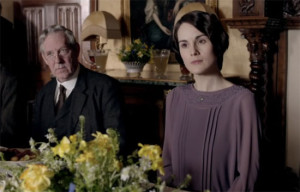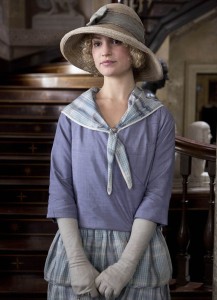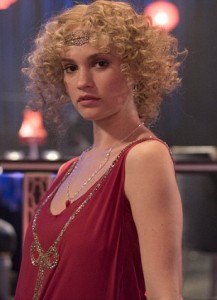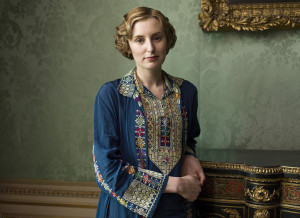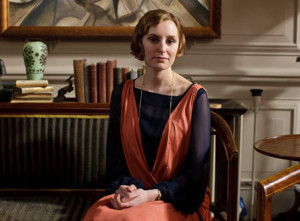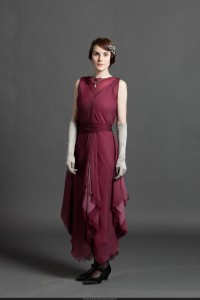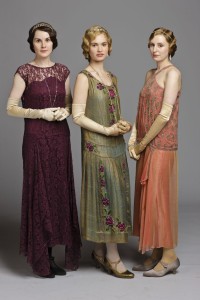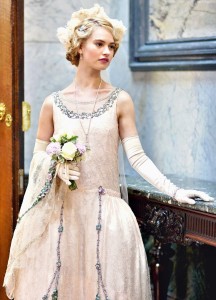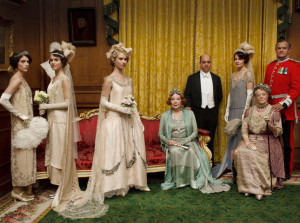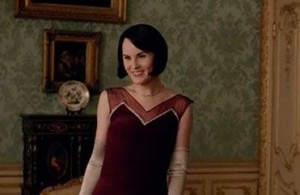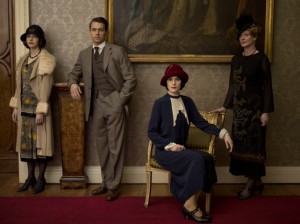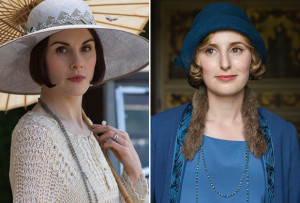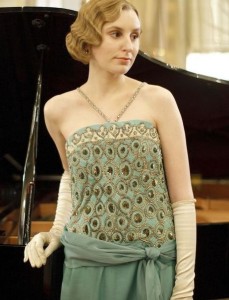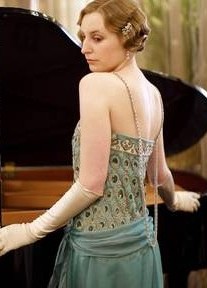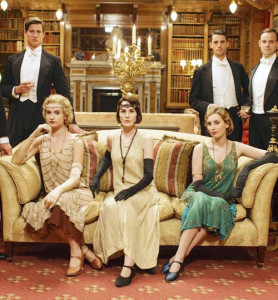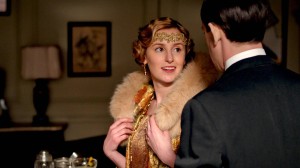On this day back on March 26, 1883 the grand and rather fancy Vanderbilt Costume Ball took place. Prior to the ball, the social life of New York City was dominated by one woman … Mrs. Caroline Schermerhorn Astor. At that time Mrs. Astor determined which members were allowed into the exclusive upper class society of New York. Then, after the Civil War and the subsequent Industrial Revolution, many of the nouveau rich shipping and railroad owners accumulated fortunes that surpassed those of the previously established “old money” families. A result of these changes in society, Mrs. Astor and her social secretary Ward McAllister created a list of four hundred people that were considered acceptable members of New York’s high society.
Cornelius Vanderbilt, an ambitious entrepreneur, was one the nouveau rich but he was considered too crass to be allowed into the exclusive “List of 400”. His grandson who eventually oversaw the family railroad investments was William Vanderbilt married Alva Smith, the daughter of a Southern cotton merchant, on April 20, 1875 in New York City. The prosperous Smith family had moved from Alabama to New York in 1857. Then during the Civil War, the Smith family moved to England where Mr. Smith continued to run his business while Mrs. Smith and her daughters moved to Paris, France where Alva attended a private boarding school. After the Civil War the family returned to New York and Alva eventually meet and married William Vanderbilt, they had three children. (Interesting Fact: Alva famously arranged the marriage of her only daughter, Consuelo, to Charles Spencer-Churchill the 9th Duke of Marlborough. At that time, the Churchill ancestral home of Blenheim Palace was in dire need of repairs and it was the large inheritance of Consuelo that funded the restoration. Sadly it was a loveless marriage and eventually Consuelo divorced Churchill and remarried)
It was during the period known as the Gilded Age of New York society, a name given because of the opulent lifestyle of the nouveau rich, in which William and Alva Vanderbilt decided to build their large mansion in New York City. The “Petit Chateau” was built between 1878 and 1882; it was located on Fifth Avenue and took up the entire city block between 51st and 52nd Streets. The socially ambitious Alva was determined to mark her mark on New York society and the architect, Richard Morris Hunt, was commissioned to create the French Renaissance inspired building. Due to the fact that Alva had gone to boarding school in France, she had developed a passion for French architecture, design and decorations. Alva collaborated with Hunt to design the three and a half story mansion in a blend of French Gothic style architecture with Beaux Art elements. The intricate and asymmetrical façade of the building was built with gray Indiana limestone topped by a roof made of blue-gray slate tiles trimmed with copper. The grand entrance to the home was located on Fifth Avenue, after entering into a vestibule visitors would precede into the 60 foot long Grand Hall featuring Caen stone accented with carved wood decorations. All the rooms on the first floor were accessed from the Grand Hall, located on the right side of the Grand Hall was a massive Caen stone staircase leading to the second floor and to the left side was a large and elaborately carved fireplace. The largest and most impressive of the house was the 50 by 35 feet two-story high Gothic-styled Banquet Hall featuring 7 foot high oak wainscoting topped with Caen stone walls. A massive double fireplace intricately carved by Kart Bitter in oak with marble caryatids (sculpted female figures which serve as an architectural support) was located on one end of the room and on the opposite end there was an area known as the musician’s gallery, the room also featured large stained glass windows by Eugene Oudinot. (Interest Fact: Years later, the Vanderbilt Mansion was sold to real-estate developer Benjamin Winter, Sr. in 1926 and it was demolished and replaced by a commercial building which currently occupies the location known as 666 Fifth Avenue)
Alva Vanderbilt was very frustrated that, although she and her husband were among the richest members of the Gilded Age, they were not fully accepted into the exclusive New York high society ruled by the powerful Mrs. Astor, Alva had yet to be formerly recognized by Mrs. Astor. Alva had children that she wished to see make successful marriages and she needed to do something drastic to break into the elite “List of 400”. Inspired by the completion of the Vanderbilt mansion and hoping to gain social acceptance, Alva decided to hold a fancy Costume Ball as an official housewarming party. This European type of entertainment of a fancy dressed ball were guests wore elaborate costumes based on a variety of historical characters had recently become very popular in the United States during the Gilded Age. The story goes that to force Mrs. Astor to formally acknowledge the Vanderbilt family, Alva refused to send her an invitation. Alva put on further pressure by inviting the journalists from the local New York papers to preview the house and the elaborate decorations but still the poor daughter of Mrs. Astor was still anxiously waiting to be invited to one of the biggest events of the season. Per the current social customs of the time, Alva claimed that she could not extend the invitation due to the fact that Mrs. Astor had never called on the Vanderbilt home. Eventually, Mrs. Astor had no choice but to relent and she dropped her formal calling card at the Vanderbilts, thereby officially recognizing them into New York society. The very next day Mrs. Astor and her daughter received their invitation!
Alva Vanderbilt was very frustrated that, although she and her husband were among the richest members of the Gilded Age, they were not fully accepted into the exclusive New York high society ruled by the powerful Mrs. Astor, Alva had yet to be formerly recognized by Mrs. Astor. Alva had children that she wished to see make successful marriages and she needed to do something drastic to break into the elite “List of 400”. Inspired by the completion of the Vanderbilt mansion and hoping to gain social acceptance, Alva decided to hold a fancy Costume Ball as an official housewarming party. This European type of entertainment of a fancy dressed ball were guests wore elaborate costumes based on a variety of historical characters had recently become very popular in the United States during the Gilded Age. The story goes that to force Mrs. Astor to formally acknowledge the Vanderbilt family, Alva refused to send her an invitation. Alva put on further pressure by inviting the journalists from the local New York papers to preview the house and the elaborate decorations but still the poor daughter of Mrs. Astor was still anxiously waiting to be invited to one of the biggest events of the season. Per the current social customs of the time, Alva claimed that she could not extend the invitation due to the fact that Mrs. Astor had never called on the Vanderbilt home. Eventually, Mrs. Astor had no choice but to relent and she dropped her formal calling card at the Vanderbilts, thereby officially recognizing them into New York society. The very next day Mrs. Astor and her daughter received their invitation!
So, finally the night of March 26th arrived and everything was set for the Vanderbilt Costume Ball. The guests had costumes custom-made or rented from the local New York stores or specially delivered from European designers. The young ladies had rehearsed the intricate quadrilles for several weeks. The party decorations had been carefully planned and the workers had spent several hours setting everything up in the Vanderbilt home. An awning had been placed over the entrance on Fifth Avenue and the rooms on the first floor were decorated with gilded vases filled with a colorful variety of roses and greenery. On the second floor a spacious room had been transformed into an indoor tropical garden decorated with potted palms, ferns, bougainvillea vines that soared to the height of the dome ceiling and also an abundance of orchids that seemed to be fill the space which was illuminated by strings of Japanese-style lanterns.
Shortly before the official start of the party, numerous police officers were called to the residence to control the crowds of people gathered to catch a glimpse of the costumed guests which would be arriving in their grand carriages. By eleven o’clock most of the guests had made their way into the Vanderbilt home and the festivities began with the serving of a sumptuous meal and beverages. Then several quadrilles were to be performed that evening starting with the “Mother Goose quadrille, followed by the “Hobby Horse, then the “Opera Bouffe” and finally the “Dresden” quadrille. All the performers wore costumes corresponding to the theme of their specific dance.
Thanks to the images taken by the Cuban-born photographer, Jose Mora, which are held by the Museum of the City of New York, his vast portrait collection shows us what the costumed guests of the Vanderbilt Ball wore on that special night back in 1883. In 1870 Mora had opened his own studio and quickly became the preferred photographer of the elite upper class of New York City. His elaborate props and beautiful backdrops by painter Lafayette Seavey provided the perfect setting for Mora’s wonderful photographs that captured the fancy dressed parties of the Gilded Age. (Interesting Fact: In 1893, Mora without any explanation closed his studio. For the next 30 years, Mora had seemingly disappeared and it wasn’t until 1911 that he was found living a life of poverty as a recluse in a local hotel. Strangely when he died a few months later, after being declared incompetent and confined to a hospital, his bank account had $200,000)
The first of Mora photographs shown below is of Mrs. Alva Vanderbilt, the hostess of the party. She is dressed in the costume of a Venetian Princess and the white and yellow brocade dress had a square neckline features embroidered flowers and leaves accented with gold, white and iridescent beads, the full long sleeves of the dress were made of transparent gold fabric, while the light blue satin train lined with red fabric was trimmed with golden embroidery was gathered to one side and at the waist there was a sash of blue satin also embellished with golden embroidery. On her head, Alva wore a Venetian-style cap covered with beautiful jewels with a large center piece resembling a peacock decorated with more colorful jewels. Not seen is Mr. William K. Vanderbilt, the host of the party. Mr. Vanderbilt was dressed as the Duke de Guise and he is wore yellow silk tights with yellow and black trunks, a yellow doublet and a black velvet cloak embroidered in gold thread with the Order of St. Michael medal pinned on the front. To complete the costume he wore a white wig and black velvet shoes with gold buckles.
The next photograph shows Mrs. Alice Vanderbilt, the wife of Cornelius Vanderbilt, dressed as the “Electric Light”, at the time Edison’s invention of the light bulb had recently been developed. The magnificent dress was designed by Charles Worth and was made a gold satin with a dark blue velvet underskirt, a bustle was formed in the back of the dress. The entire dress was accented with golden thread embroidery and gold beading used to create lightning bolts and starburst shapes. The dress was also featured shoulder embellishments of gold metallic tinsel and beaded tassels with golden fringe at the neckline and golden tulle attached at the shoulders that flowed down the back of the dress. The dress cleverly featured hidden batteries so that Alice would be able to switch on to light up the dress like an electric light bulb. (For more information on Charles Worth and the House of Worth, please click on the link) Also shown in the photograph is Mr. Cornelius Vanderbilt, the brother of the host, dressed as King Louis XVI, his jacket is trimmed with real silver lace, he wears a shirt with a jabot and lace ruffles and his pants are made of ivory brocade embellished with silver trim.

